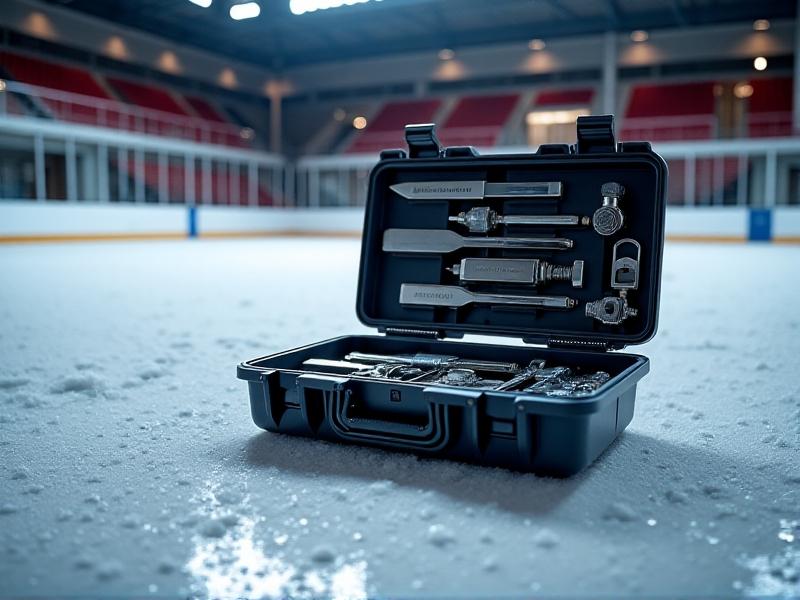7 Smart Tips For Drivers: Your Car's Oil Change Guide
The rule that says you should replace your oil every 3,000 miles is no longer true. You can save time and money by not changing the oil in your modern car as often. You can go 7,500 to 10,000 miles between changes. Learn how to choose the best schedule for your car, pick the proper oil type, and take care of your engine so it lasts as long as possible and has the highest resale value.
1. The Evolution of Oil Change Intervals
The rule that you should replace your oil every 3,000 miles is no longer true. Newer engines and better oil technology have changed how often cars need to be serviced, saving American drivers hundreds of dollars each year. You can look for oil change and lubricant at nearby repair businesses.
Modern cars that use synthetic oils can comfortably go 7,500 to 10,000 miles without needing an oil change. This longer time between changes is possible because of engines that are built to be more precise and oils that are made to last longer.
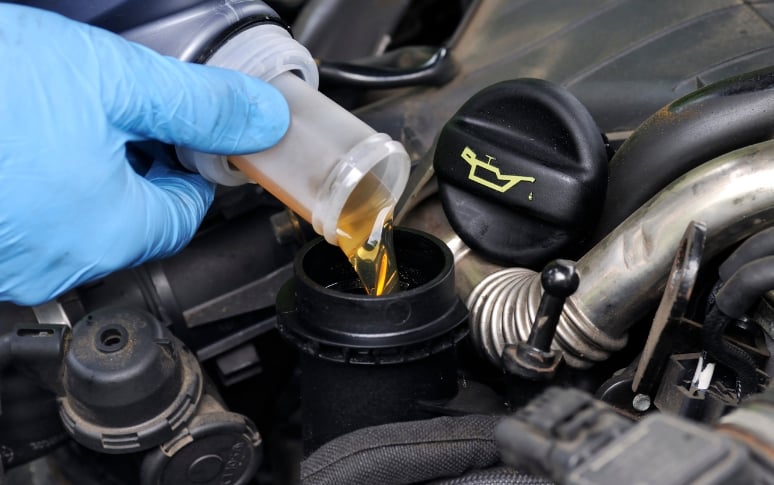
2. Finding Your Vehicle's Optimal Oil Change Schedule
The owner's manual for your car has the manufacturer's suggested oil change schedule. For the average American who drives 14,500 miles a year, this usually implies changing the oil every 8 to 9 months with synthetic oil.
Changes may need to happen more often in extreme conditions. These include things like driving in the desert, stop-and-go traffic, or carrying huge objects. Electric vehicles don't need oil changes at all, but plug-in hybrids may need them less often.
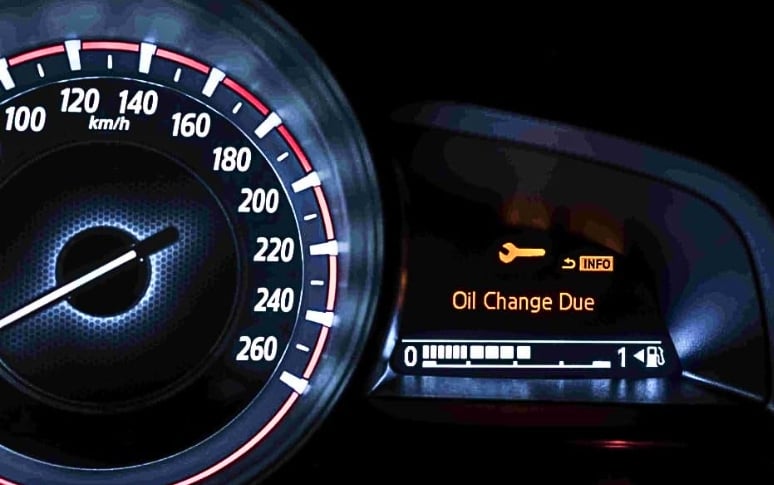
3. How Oil-Life Monitoring Systems Work
Many contemporary cars have oil-life monitoring devices that take the guessing out of maintenance. These systems look at how you drive, how your engine is doing, and how quickly your oil breaks down.
The device keeps track of things like engine revolutions, temperatures, and the length of the trip to get an accurate estimate of how much oil is left. A dashboard alert shows up when service is needed. Instead of strict schedules based on mileage, manufacturers now say to observe these alerts.

4. Why Regular Oil Changes Matter
Even though they happen less often, oil changes are still very important for your car. New oil correctly lubricates engine elements, which lowers friction and keeps expensive parts from wearing out too quickly.
Oil also helps cool the engine by moving heat away from the places where it burns. Its detergents and other chemicals clean the inside of the engine and get rid of toxic acids. As oil gets older, these protective qualities wear off, which could cause sludge to build up and make the engine less efficient.

5. Choosing the Right Oil Type
The type of oil you use affects both how well your car works and how often you need to change it. There are three primary types:
Conventional oil: This is the standard choice, but it needs to be changed every 5,000 to 7,500 miles. It costs the least up front.
Semi-synthetic mixes: You can mix conventional and synthetic oils and use them for up to 8,000 miles. Good for cars that carry a lot of weight.
Full synthetic oil is the best choice because it offers the best protection. It lasts for more than 10,000 miles, which could save you money by needing fewer changes.
Before choosing an oil for your car, always consult the owner's manual to see what kind it needs.
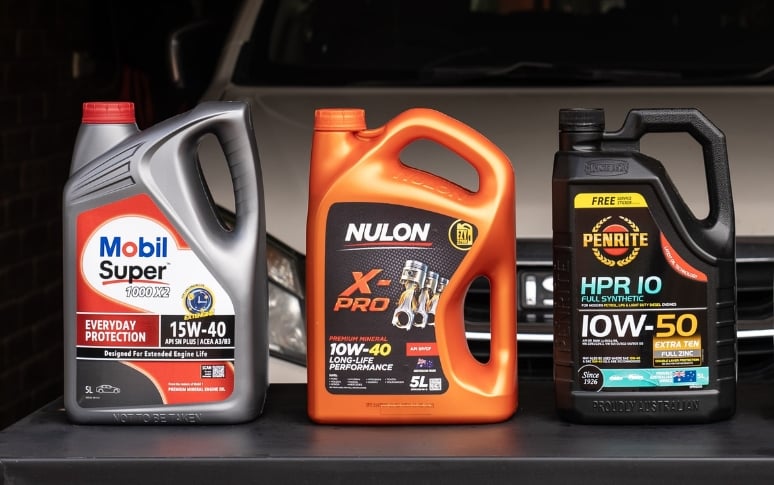
6. Understanding Oil Change Costs
Service centers usually charge about $100 for a regular oil change and roughly $120 for a synthetic oil change. It costs roughly $35 to change your own conventional oil, and about $45 to change your own synthetic oil and filter.
The average driver could save more than $300 a year by switching from changing their oil every 3,000 miles to every 10,000 miles with synthetic oil. A lot of stores have sales, so keep an eye out for them to save even more money.
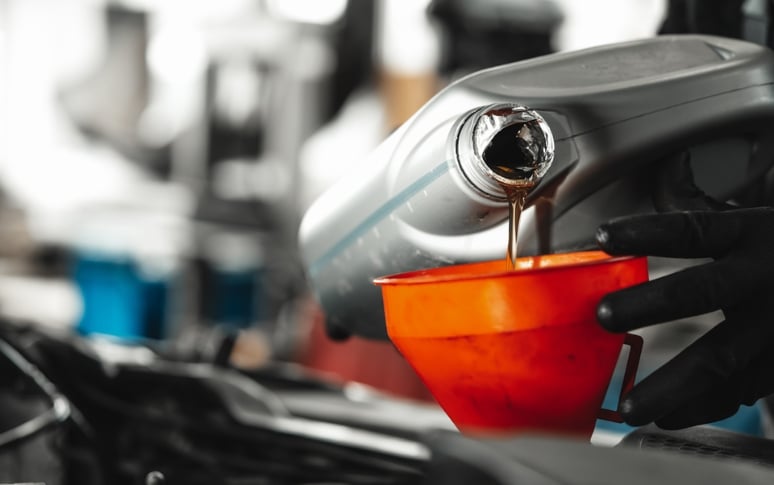
7. Professional vs. DIY Oil Changes
Changes made by professionals are easy and knowledgeable. Technicians at dealerships have particular training and can get items that the factory recommends. A lot of them also do free inspections that can find problems that are getting worse.
Here's a simple approach for people who like to do things themselves:
Get the right oil, a new filter, a wrench, a drain pan, and safety gear.
Use the right jack stands to safely lift your car.
To let out old oil, take out the drain stopper.
Change the filter for the oil
Put the drain plug back in and pour more oil.
Check for leaks and make sure the oil level is right.

8. Maximizing Resale Value Through Maintenance Records
Having complete service records greatly increases the value of your car when you sell it. People typically spend hundreds or thousands of dollars extra for cars that have been well cared for and have records of their history.
Make a simple log of maintenance that includes the date, mileage, and specifics of each service. Keep track of the oil type used and other DIY maintenance by keeping receipts or records. Using digital tracking applications can make this easier.




